Adventure sports enthusiasts have long sought new and thrilling ways to immerse themselves in the great outdoors, and all-terrain vehicles (ATVs) have become increasingly popular as a means of adrenaline-pumping excitement.
These versatile vehicles let riders traverse a variety of landscapes, from rugged mountainsides to sandy deserts, providing the perfect opportunity to explore nature in an exhilarating way.
The link between ATVs and adventure sports is not just due to their adaptability but also because they come in various shapes and sizes, catering to a vast range of individual preferences.
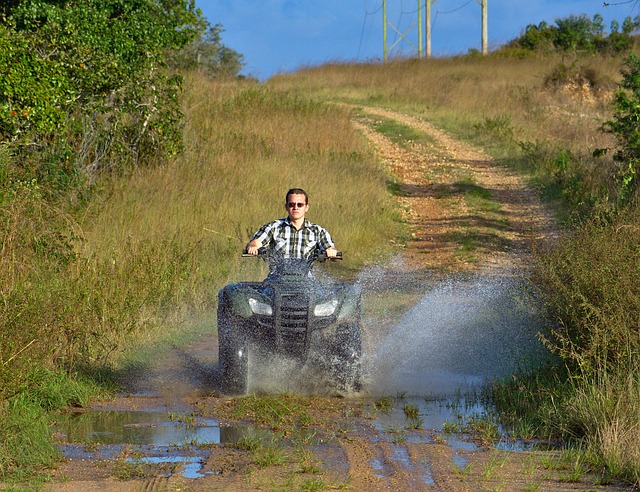
From two-wheel to four-wheel ATVs and utility vehicles for tough tasks, there is a model available for everyone. Furthermore, ATVs can be used by people of all ages and skill levels, from beginners eager to learn to experienced riders who crave more challenging terrain.
Key Takeaways
- ATVs are popular in adventure sports due to their versatility and ability to tackle various landscapes
- Different models cater to various preferences, including utility and sport ATVs
- ATVs are accessible to riders of all ages and expertise levels
Understanding ATVs
I’ve always been fascinated by all-terrain vehicles (ATVs), commonly known as four-wheelers or quads. These vehicles are designed for a wide range of terrains and are perfect for adventure sports enthusiasts like myself.
In this section, I will provide a brief overview of ATVs and their connection to adventure sports.
An ATV is essentially a small vehicle with four low-pressure tires, handlebars for steering, and a seat designed to be straddled by the rider. The key feature of these vehicles is their ability to traverse various types of terrain, such as sand, mud, and rocky surfaces.
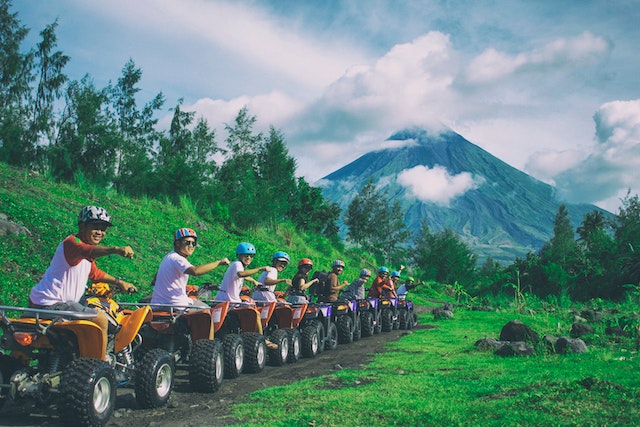
This sets them apart from regular vehicles, which are limited to paved or well-maintained surfaces.
ATVs come in several sizes and types to suit different needs and preferences. Some models are more focused on power and speed, while others prioritize stability and off-road performance.
Also, there are ATVs specifically designed for younger riders, ensuring the whole family can join in on the fun.
Adventure sports enthusiasts often incorporate ATVs into their activities due to their versatility and thrilling nature. Some popular adventure sports that involve ATVs include off-road racing, trail riding, and even hunting.
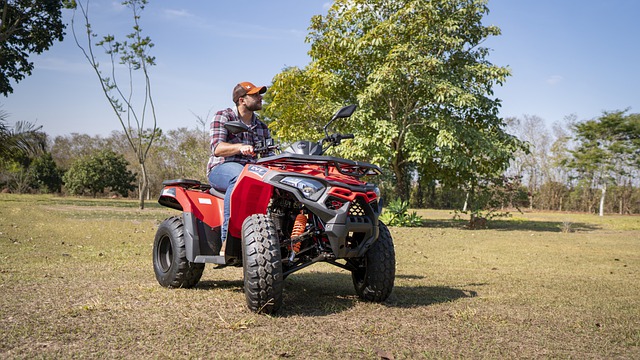
The challenge and excitement of navigating diverse terrains on a powerful machine make ATVs an ideal choice for these adrenaline-inducing hobbies.
Safety is always a priority when it comes to adventure sports, and ATVs are no exception. Riders should always wear protective gear, such as helmets, gloves, and goggles, to minimize the risk of injury.
Ensuring that the ATV is well-maintained and appropriate for the rider’s experience level is also crucial for a safe and enjoyable experience.
In conclusion, ATVs are an exciting and versatile element of adventure sports. Their unique design and capabilities make them an ideal choice for thrill-seekers looking to tackle diverse terrains and push their limits in a fun and exhilarating way.
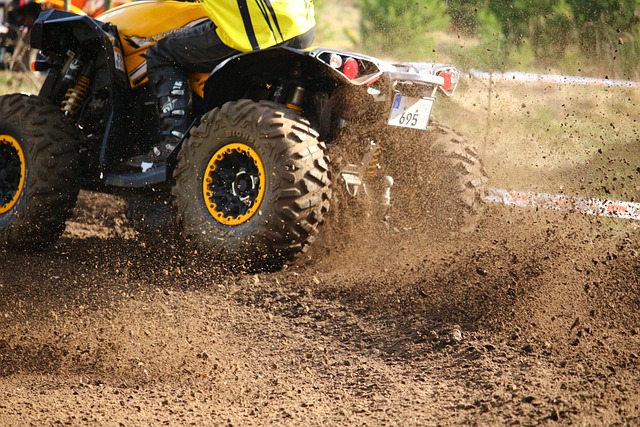
ADVs and ATVs: The Differences
Basic Characteristics
As an adventure enthusiast, I often get questions about the differences between ADVs (Adventure Motorcycles) and ATVs (All-Terrain Vehicles). At their core, both types of vehicles are designed for off-road adventures, but their characteristics differ significantly.
The main difference lies in their configuration: an ADV is a two-wheeled motorcycle built for both on- and off-road travel, whereas an ATV typically has four wheels and is solely designed for off-road use.
This fundamental distinction influences other aspects, such as functionality and performance, which I’ll cover below.
Functionality
When it comes to functionality, ADVs offer versatility and are better suited for long-distance travel. They’re comfortable for street riding and can be ridden for hours on highways or backroads before hitting off-road trails.
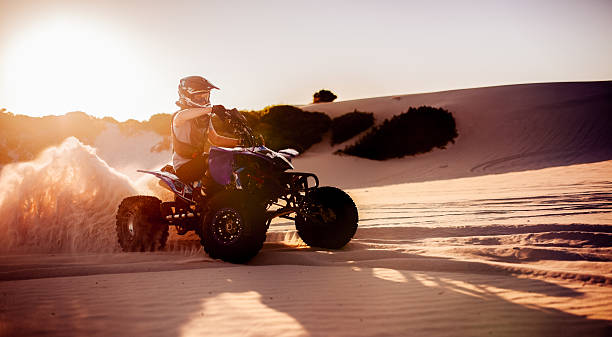
Their designs often include luggage systems, wind protection, and larger fuel tanks – all catering to extended road trips and adventures.
On the other hand, ATVs primarily excel in off-road environments. They are not street-legal and are mainly used for recreational purposes in off-road parks and trails.
ATVs also serve practical purposes, such as agricultural work or snow plowing, thanks to their robust build and powerful engines.
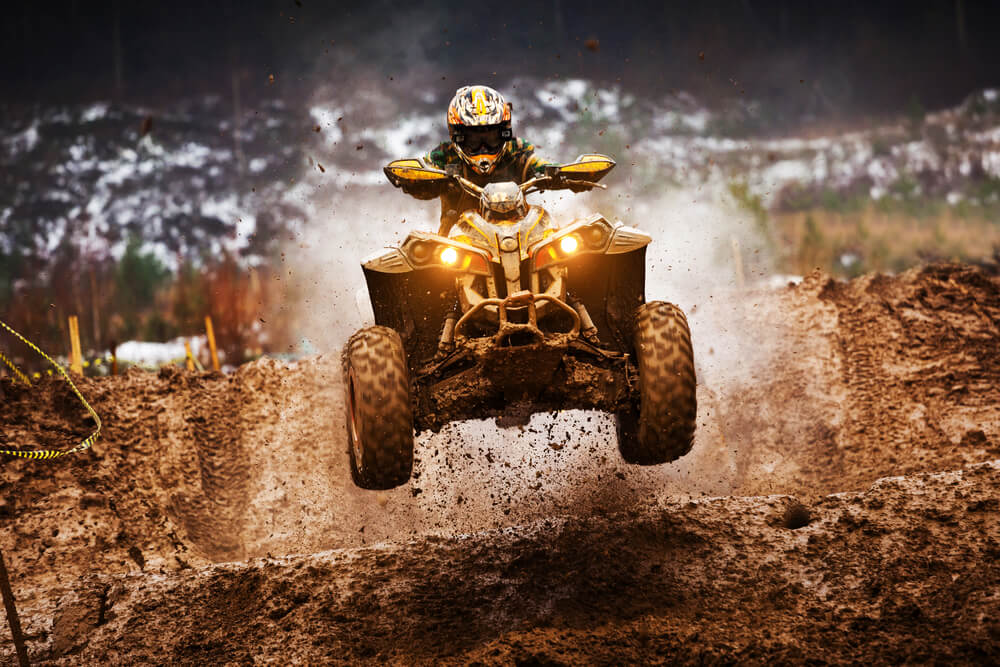
Performance
In terms of performance, adventure motorcycles are lighter, which makes them more nimble and easier to handle both on and off-road. They offer superior fuel economy than ATVs, allowing for longer distances between fuel stops.
Also, ADVs have a broad power range, suitable for various terrains, from smooth paved roads to rocky trails.
Conversely, ATVs pack a punch with their powerful engines, making them exceptional in tackling tough off-road terrains and steep inclines. They have a low center of gravity and a wide stance, providing stability and balance in rugged conditions.
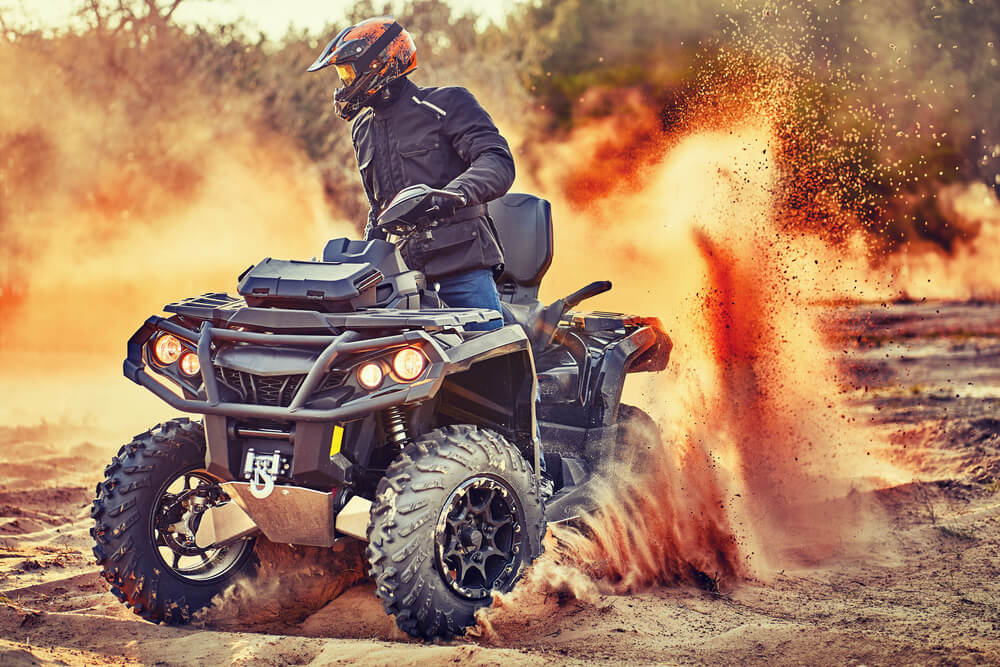
Nevertheless, their performance on paved roads is limited due to their off-road-specific design and lack of street legality.
While both ADVs and ATVs cater to the adventurous spirit, their differences boil down to their basic characteristics, functionality, and performance.
Ultimately, the choice between these two depends on the individual rider’s preferences and intended usage – be it long-distance travel with occasional off-road pursuits or dedicated off-roading for recreation or work purposes.
ATVs in Adventure Sports
ATV Racing
I’ve always found ATV racing to be one of the most thrilling extreme sports. It involves racing specially designed all-terrain vehicles (ATVs) off-road and on challenging tracks.
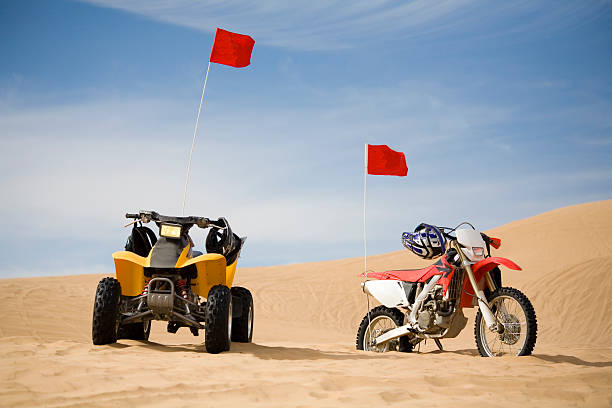
Racers tackle jumps, tight corners, and high-speed straights, all while skillfully maneuvering their ATVs to gain an advantage. The tracks often feature a variety of surfaces like dirt, mud, sand, and gravel, which makes it an exhilarating adventure sport.
Trail Riding
When it comes to ATV trail riding, I love the sense of adventure and exploration. It involves riding on natural or designated trails through forests, mountains, and other diverse landscapes. The thrill of navigating unpredictable terrain and discovering new off-road paths keeps me coming back.
Trail riding offers an excellent opportunity to witness majestic scenery and connect with nature, all while testing my endurance and skill on an ATV.
Mudding
For those who love to get down and dirty, mudding is an intense ATV activity that involves riding through mud pits, deep puddles, and swampy areas. I enjoy the adrenaline rush as I splash through the muddy terrain, often facing unpredictable obstacles beneath the surface.
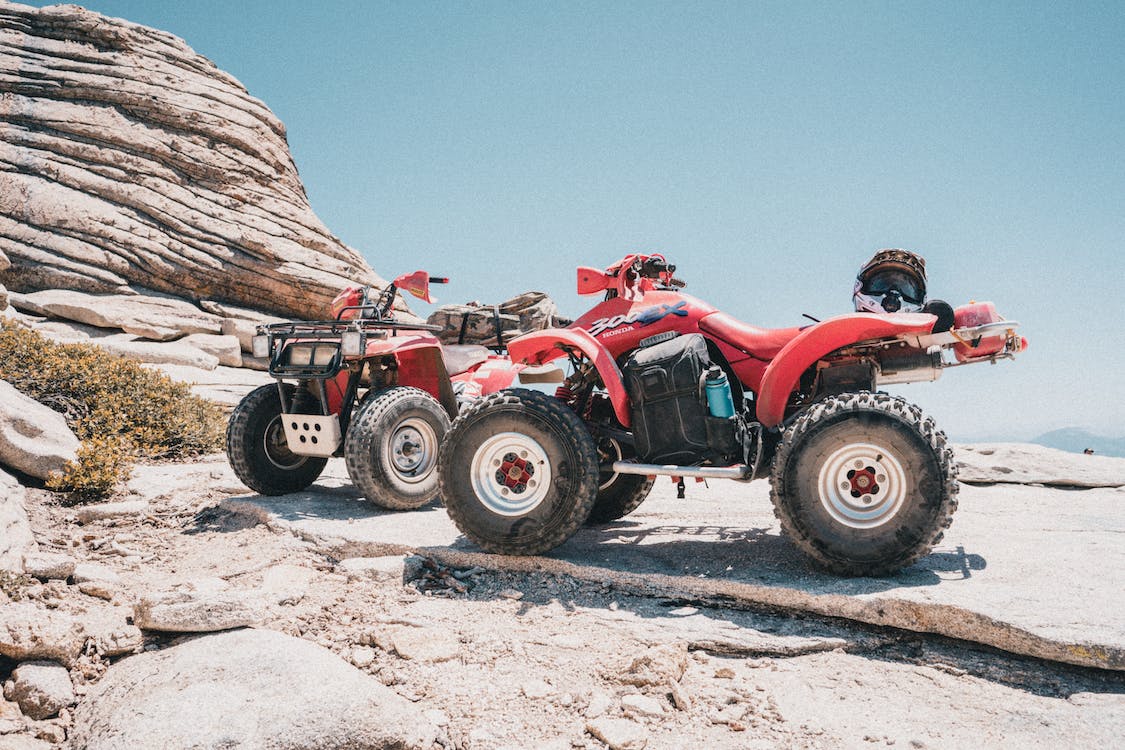
It’s not only about the challenge but also the camaraderie. Mudding events often draw a large crowd of like-minded off-roaders, creating a friendly community that shares a passion for adventure and extreme sports.
ATVs Vs UTVs: A Comparison
Versatility
When I consider the versatility of ATVs and UTVs, a few aspects come to mind. ATVs, also known as all-terrain vehicles or four-wheelers, are generally more compact and nimble. They’re designed for a single rider and can handle various types of terrain.
This makes them an excellent choice for navigating narrow trails or tackling steep slopes.
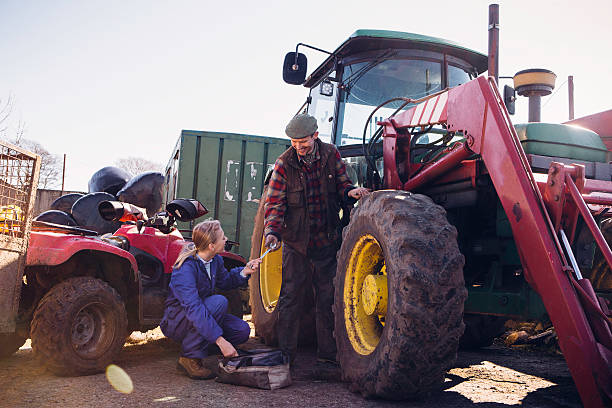
UTVs, or utility terrain vehicles, commonly referred to as side-by-sides, are usually larger and can accommodate two or more passengers. They’re built for off-road adventures, similar to ATVs, but with added stability and storage capacity.
UTVs typically have a more comfortable seating arrangement and provide better protection from the elements.
Passenger Capacity
The passenger capacity is an important factor when comparing ATVs and UTVs. As I mentioned, ATVs are designed for one person, allowing for more freedom in movement.

In contrast, UTVs have a seating capacity for two or more riders, which can be great for a shared adventure or even work-related tasks.
- ATVs: 1 passenger
- UTVs: 2 or more passengers
Power and Performance
I find that both ATVs and UTVs can be powerful, but there are some differences in their performance. ATVs typically have smaller engines and weigh less, allowing them to accelerate faster and be more maneuverable.
They’re ideal for the rider who enjoys jumps, tight turns, and conquering obstacles.
UTVs, on the other hand, often have larger engines and more stability, perfect for those who enjoy long rides and exploring off-road trails. With their wider wheelbase, they provide a smoother ride, making it more comfortable for passengers.

Both ATVs and UTVs offer unique adventure opportunities depending on individual preferences and needs. While ATVs are more agile and suited for solo rides, UTVs provide a more stable and comfortable experience for multiple riders.
Utility Vs Sport ATVs
Purpose
As an ATV enthusiast, I find that there are two main types of ATVs: utility and sport. Utility ATVs are designed for work and heavy-duty tasks, while sport ATVs are built for fun and adrenaline-pumping adventures.
When thinking about the purposes of these machines, utility ATVs are great for tasks like hauling, towing, and even plowing snow. On the other hand, sports ATVs are all about riding fast and performing daring stunts on challenging trails.
Capabilities
When it comes to capabilities, utility, and sport ATVs differ quite significantly. Utility ATVs tend to be larger, with more powerful engines that enable them to handle heavy loads and intense workloads. They often have storage compartments, winches, and other accessories for completing heavy-duty jobs.

In contrast, sports ATVs have lighter frames, allowing for better agility and acceleration on the trail. They’re designed with suspension systems that help absorb the impact of jumps and stunts, providing a thrilling experience for the rider.
| Capability | Utility ATV | Sport ATV |
|---|---|---|
| Engine Power | High | Moderate |
| Storage | Yes | Limited or None |
| Suspension | Moderate | Advanced |
| Accessories | Many | Fewer |
Customization
One of my favorite parts about being an ATV owner is the ability to customize my ride. Both utility and sport ATVs have options for customization, but the extent of customization varies between the two types.
For utility ATVs, owners may customize their machines with accessories, such as snow plows, winches, or towing equipment, to enhance their usefulness for jobs and tasks.
On the flip side, sport ATV riders might be more interested in customizing their vehicles for speed and performance, adding aftermarket exhausts, shocks, or tires to optimize their machines for specific terrains or stunts.

Attractive Brands in the Market
Honda
I came across Honda, and I must say they have an impressive lineup of ATVs for adventure sports. Honda consistently produces reliable, high-quality, and powerful ATVs. One popular model among enthusiasts is the Honda TRX250X, which is known for its sporty design and versatile performance.
The more powerful TRX450R is also a favorite among racers due to its speed and agility.
Yamaha
Yamaha is another well-known brand in the ATV industry. They offer a wide variety of models tailored to different types of adventure sports. For example, the Yamaha Raptor 700R is an excellent choice for high-speed trail riding, while the Yamaha Kodiak 450 is perfect for more rugged terrains.
Yamaha ATVs are known for their durability, making them a popular choice for seasoned riders.
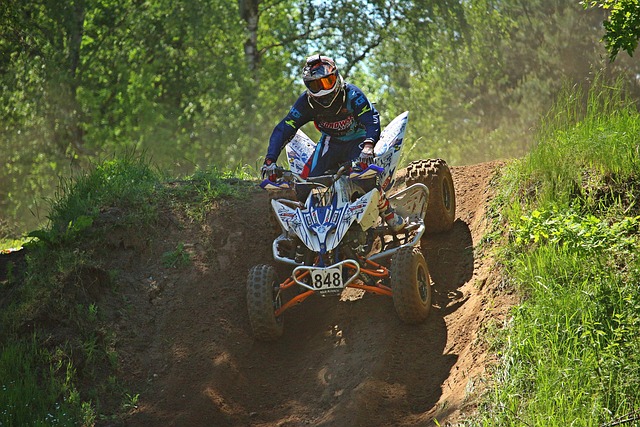
Polaris
Polaris is a brand that specializes in off-road vehicles, and their ATVs are no exception. They have an extensive selection of models, including the Polaris Sportsman, which is designed for both work and play. The Polaris RZR is a popular choice among those who enjoy fast-paced adventure sports like off-road racing.
Polaris ATVs are known for their innovative features and advanced technology.
Kawasaki
Kawasaki is a brand that’s been around for a long time and has a solid reputation for producing quality ATVs. Their lineup includes models like the Kawasaki Brute Force, which is designed for powerful performance and can tackle challenging terrains.
The Kawasaki KFX series is perfect for those who want a lightweight, nimble ATV for adventure sports and racing.
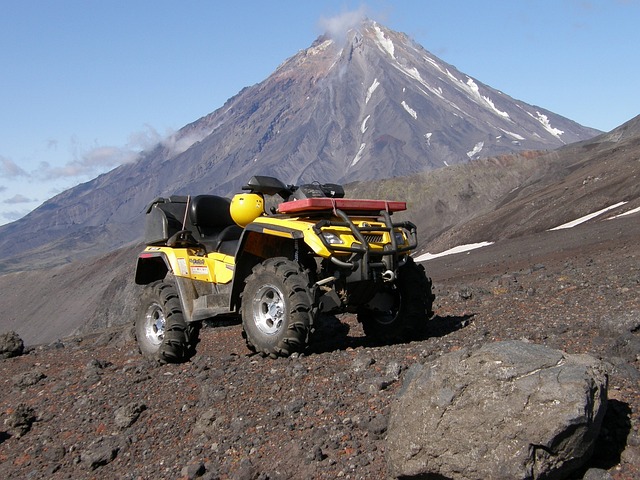
Can-Am
Lastly, Can-Am is a brand that really stands out in the ATV market, offering a range of models focused on adventure sports. Their ATVs are known for their impressive performance and unique design.
The Can-Am Renegade is a versatile option for both trail riding and racing, while the Can-Am Outlander is built for comfort and reliability during long recreational rides.
These are some great brands that offer a variety of ATVs for adventure sports enthusiasts. Each brand brings something unique and exciting to the table, catering to different tastes and preferences.

No matter which brand you decide to go with, you’re sure to have an amazing adventure sports experience.
Safety Measures for ATV Riders
Precautionary Measures
As an ATV rider, I prioritize safety when going on adventures.
There are a few important precautionary measures I’d recommend to others:
- Pre-ride inspection: Before each ride, I make sure to check my ATV’s tires, brakes, liquid levels, and lights.
- Ride according to your experience: I always remind myself to ride within my skill level and gradually progress to more challenging terrains.
- Never ride alone: Riding with a buddy or in a group ensures that someone can help me in case of an emergency.
Riding Gears
In order to stay safe, I always wear the proper riding gear:

- Helmet: A helmet is essential for protecting my head in case of an accident.
- Goggles: Protecting my eyes from dirt, dust, and small rocks is crucial, so I don’t forget to wear goggles.
- Gloves: A good pair of gloves not only improves my grip on the handlebars but also protects my hands.
- Boots: Sturdy boots provide ankle support and protection from rocks, branches, and other obstacles I might encounter.
- Protective clothes: Wearing long sleeves, pants, and additional body armor can protect against injuries and provide additional comfort during the ride.
Riding Techniques
While riding, I keep the following techniques in mind to ensure a fun and safe experience:
- Maintaining balance: I shift my weight when navigating turns and slopes to maintain stability and control.
- Using both brakes: Applying both front and rear brakes helps me stop smoothly and safely.
- Riding at safe speeds: I remember to maintain a speed that allows me enough time to react to obstacles or changes in the trail.
By following these safety measures, I make sure that my ATV adventures remain enjoyable and injury-free.
ATVs for Different Ages and Expertise
Youth ATVs
As a lover of ATVs, I believe younger riders should definitely have the chance to join in the excitement! Luckily, there are plenty of youth-oriented ATVs out there to introduce them to the world of adventure sports. These models, like the Polaris Outlaw 110 or the Honda TRX90X, offer just the right size and power for beginners.
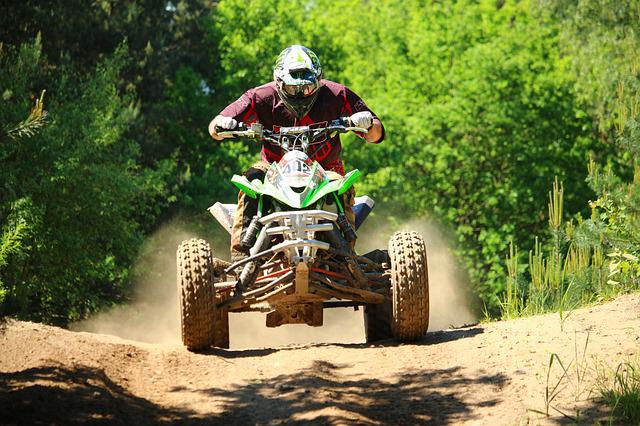
They generally come with smaller engines, ranging from 50cc to 110cc, and often have safety features such as throttle limiters and parental controls to ensure a secure ride.
Electric ATVs
If you’re someone like me who cares about the environment, then electric ATVs are a fantastic choice. Not only do they provide a more eco-friendly alternative to traditional gas-powered models, but they also require less maintenance, as there’s no need to worry about oil changes or engine upkeep.
Companies like Razor and Kuberg produce electric ATVs designed for various age groups, each offering a fun, quiet, and emissions-free riding experience.
High-Performance ATVs
As a seasoned rider, I know there are times when you crave a more powerful, high-performance machine. Thankfully, ATV manufacturers have delivered. High-performance ATVs, like the Can-Am Renegade 1000R or the Yamaha Raptor 700R, are tailored for experienced riders who want to push their limits.
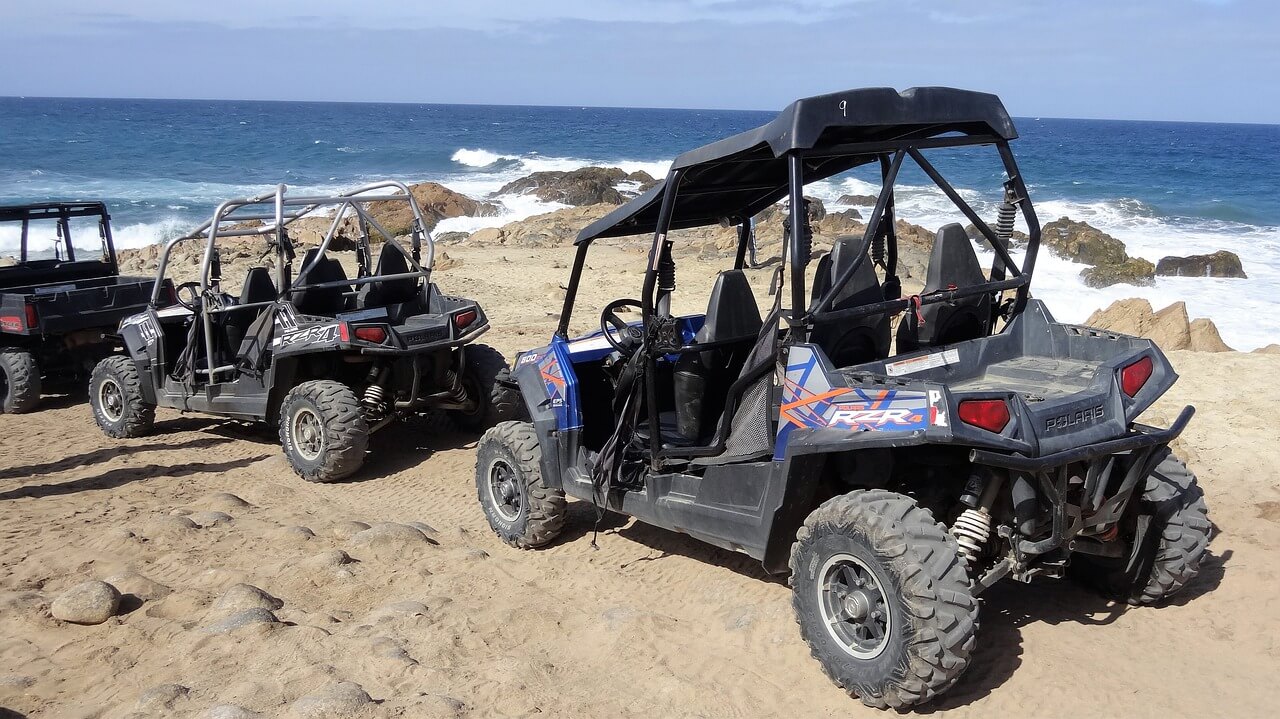
These ATVs typically come with larger engines (usually above 450cc), advanced suspension systems, and sturdy frames – perfect for tackling any terrain and conquering the toughest off-road challenges.
Utilizing ATVs for Utility Work
Farming
I have found ATVs to be incredibly useful for farm work. They are compact and can easily navigate through rough terrain.
For example, I use mine to help with tasks like:
- Plowing fields: With the right attachment, an ATV can plow small areas or maintain garden rows.
- Feeding animals: Carrying heavy bags of feed on an ATV makes it incredibly easy to distribute food to livestock.
- Fence maintenance: ATVs can haul necessary materials and tools for fence repairs.
Hunting
ATVs have become a valuable asset for hunting as well.
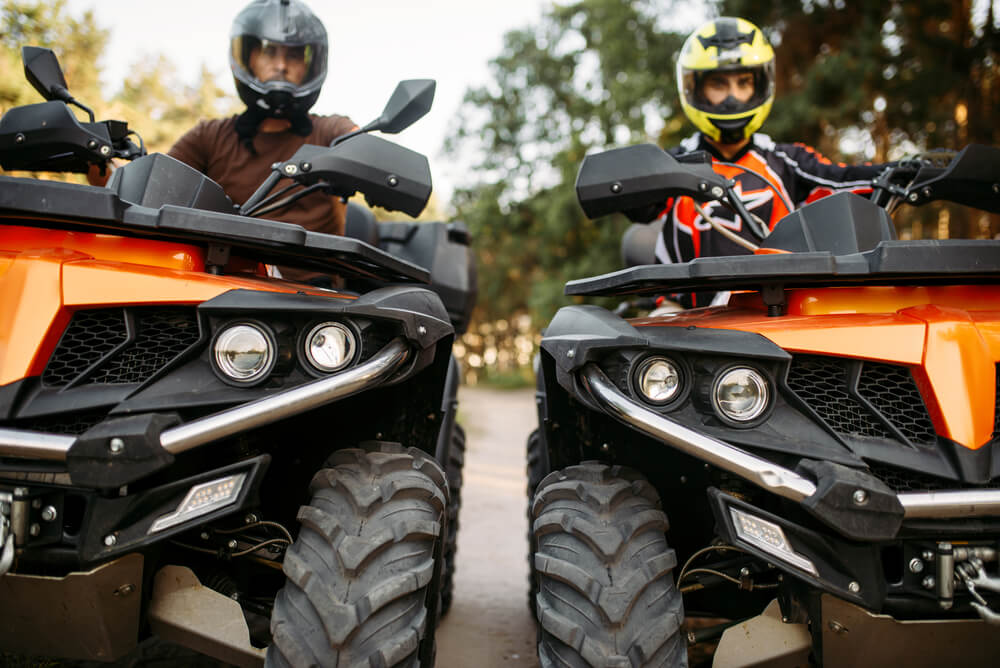
I appreciate the ability to:
- Efficiently scout for games in remote areas
- Carry hunting gear, like tree stands and decoys
- Safely and comfortably transport game after a successful hunt
Hauling
One of the most essential uses for my ATV is hauling things around my property.
Here are some examples of what it can handle:
| Hauling Task | Benefit |
|---|---|
| Firewood transport | ATVs with a hitch can easily tow a trailer filled with firewood |
| Trash removal | ATVs can transport heavy loads to a local waste drop-off |
| Clearing debris | ATVs can handle the load of removing rocks, limbs, and branches |
Utilizing ATVs in this way not only makes work more manageable, but it’s also a lot of fun!

Conclusion
As I explored the world of ATVs and adventure sports, I discovered the undeniable excitement and thrill that they bring to enthusiasts. These versatile vehicles not only offer a unique way to explore the outdoors but also foster a sense of camaraderie among riders.
What truly stood out to me was the range of activities and experiences ATVs can provide. From leisurely rides through scenic trails, challenging oneself on rugged terrain, or even participating in competitive racing events, there is something for everyone.
It’s clear that the world of ATVs opens up a whole new realm of possibilities for adventure.
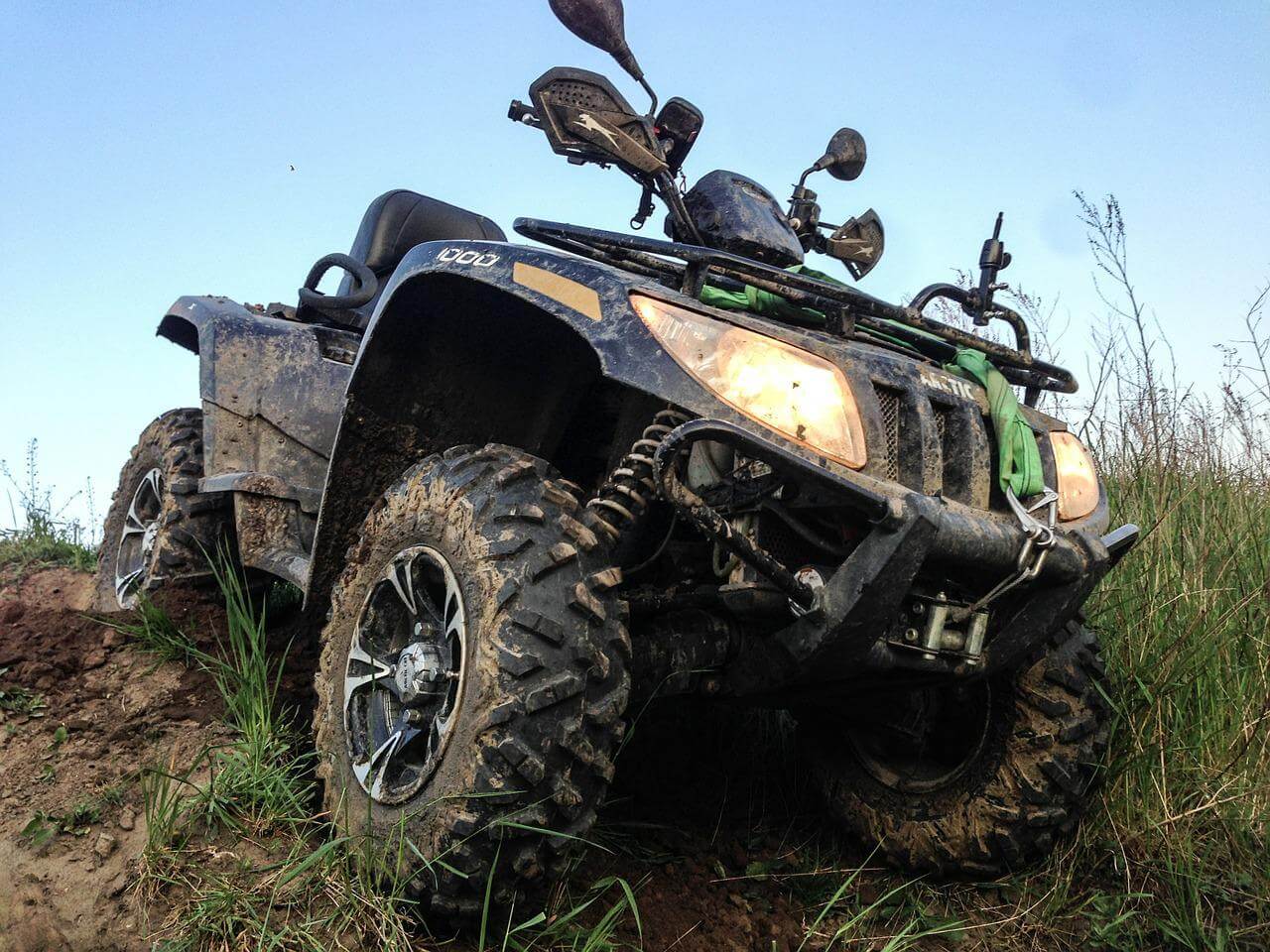
Moreover, respecting safety guidelines and responsible riding practices is imperative in enjoying these activities to the fullest. Investing time in learning proper techniques and maintaining the right gear not only adds to the fun but also helps to create a long-lasting and memorable experience.
In conclusion, the link between ATVs and adventure sports is a bond built on excitement, exploration, and camaraderie. As I continue to delve into this invigorating world, I can’t help but feel inspired and eager to create my own adventures on two or four wheels!
Frequently Asked Questions
What safety measures should be followed during adventure sports with ATVs?
When participating in adventure sports with ATVs, I always prioritize safety. It’s essential to wear proper protective gear, such as a helmet, goggles, and gloves. Additionally, I make sure my ATV is well-maintained and follow the manufacturer’s guidelines for its use.

It’s also crucial to stay within my skill level and never ride alone, as having a buddy system can provide essential assistance in case of an emergency.
How do ATVs enhance the thrill of adventure sports?
ATVs can significantly heighten the excitement in adventure sports by providing an off-road, adrenaline-pumping experience. I find that navigating rough terrain and exploring new landscapes on an ATV is exhilarating and can transform any adventure sports outing into an unforgettable experience.
What are some popular ATV models for adventure sports?
There are several popular ATV models suitable for adventure sports, each with its unique features. Some of my favorites include the Polaris RZR, Can-Am Maverick, and the Yamaha YXZ1000R.
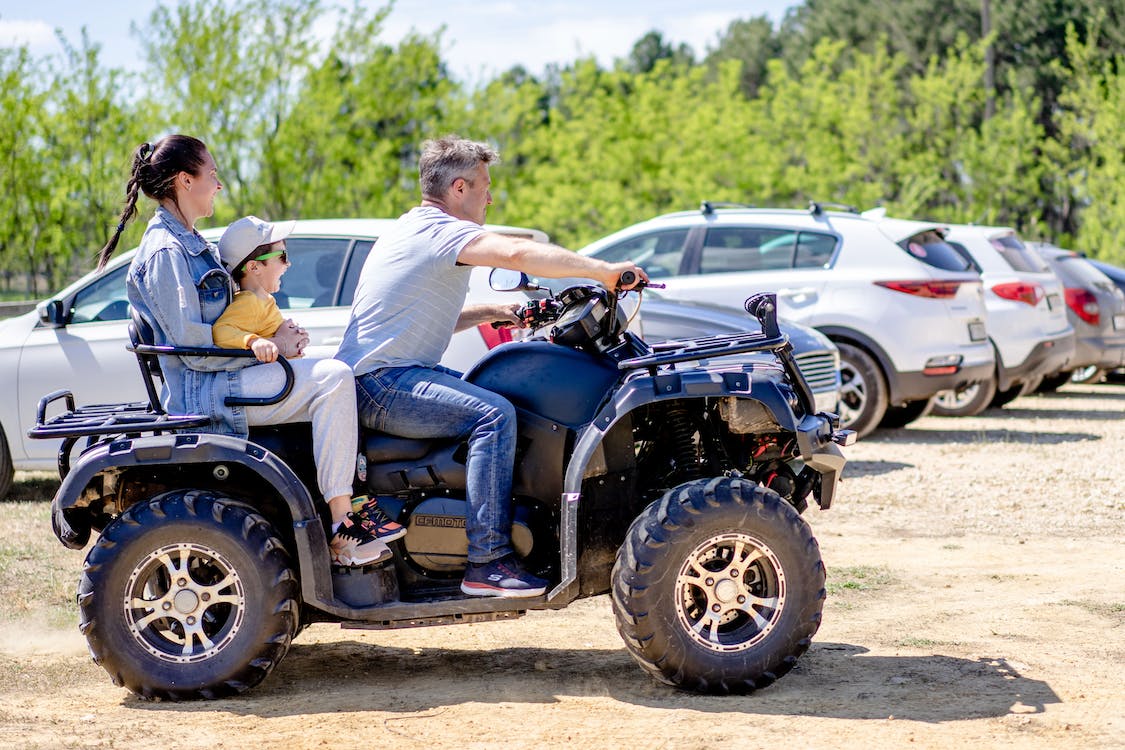
These models are known for their performance and reliability, making them ideal for various adventure sports activities.
In what types of adventure sports are ATVs commonly used?
ATVs are versatile and can be used in a wide range of adventure sports. I’ve seen them used in activities such as off-road racing, trail riding, hunting, and even camping trips. They are also popular in winter sports like snowmobiling and ice racing.
With the right equipment and modifications, ATVs can tackle almost any terrain and provide an exciting experience.

How do ATV manufacturers cater to adventure sports enthusiasts?
ATV manufacturers understand the adventurous spirit of their customers and design models with features that make them well-suited for various adventure sports activities. These may include powerful engines, improved suspension systems, and larger tires to tackle different terrains.
Additionally, manufacturers often provide a wide range of accessories and customization options that can further enhance the capabilities of their ATVs, allowing enthusiasts to tailor their vehicles to their specific needs.
What are the pros and cons of using ATVs in adventure sports?
Using ATVs in adventure sports has its advantages and disadvantages. One of the main benefits is the added excitement that ATVs provide, allowing for unique and thrilling experiences.
ATVs can also grant access to more remote and challenging locations that may be inaccessible by other means.
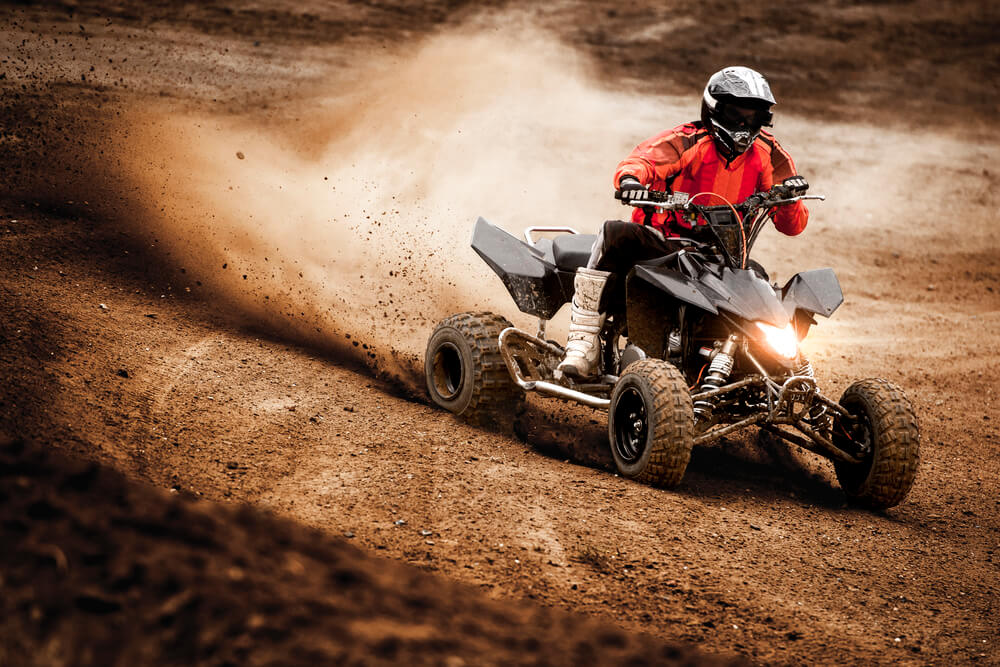
However, there are downsides to using ATVs in adventure sports. They can be expensive to purchase and maintain, and their use can cause environmental damage if not done responsibly.
Further, there are inherent risks involved in riding ATVs, mainly if safety protocols are not followed.














